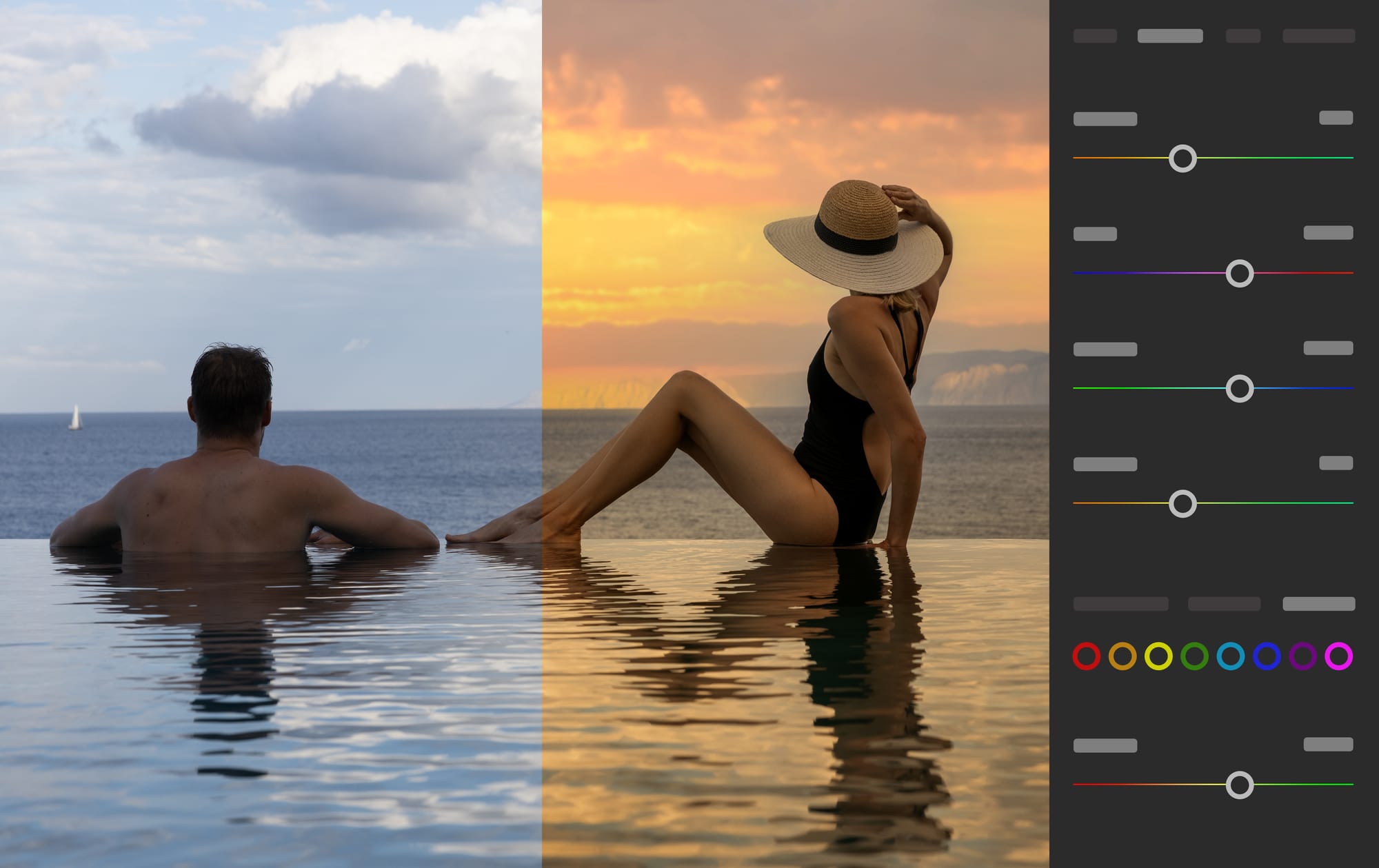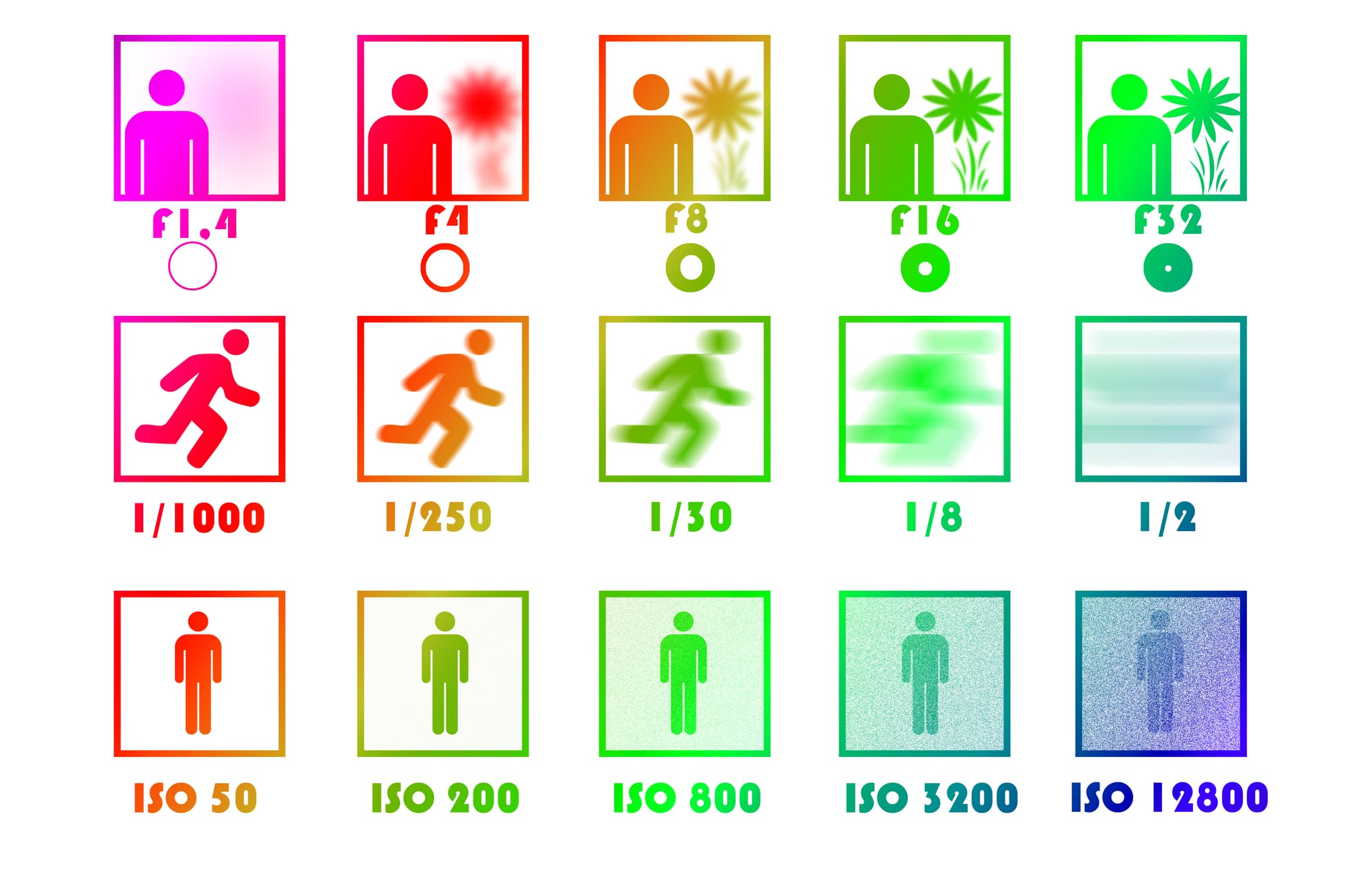8 Tips for Surviving the Busy Photography Season
As the vibrant colours of spring is beginning to emerge slowly, so does the busy season for photographers. Here are 8 insider tips to survive the season!

As the vibrant colours of spring are beginning to emerge slowly, so does the busy season for photographers. With nature awakening and people getting into the spring mood, the demand for photographers surges.
However, navigating this busy period can be a challenge, especially with the influx of tourists and local clients all calling for attention at the same time. In this article, we'll explore eight essential tips to not only survive but thrive during the busy photography season!
1. Reconsider your shooting hours
Selecting the optimal times of the day for your photography sessions. It's crucial to avoid extreme heat, too much direct sun and strong shadows. Before finalising shoots with any clients, take the time to research sunrise and sunset timings for the upcoming season. You can even invest in a compact calendar highlighting these key times!
Additionally, do not forget that if you are shooting in the city, you'll find that optimal lightning typically floods squares roughly an hour and a half after dawn. Conversely, for open spaces, you can start shooting as early as half an hour after dawn. The same goes for sunsets, just in case, set aside at least one to two hours beforehand to reach the golden hour and take unforgettable pictures!
2. Shoot in RAW format
In general, it's advised to always shoot in RAW format since the photos in this format can be corrected and improved without losing their quality. In winter or with cloudy weather, the light diffuses very evenly, minimising harsh shadows. However in the summer, the direct rays of the sun can cast unflattering shadows. If not positioned correctly, your model can unintentionally resemble "pandas" with prominent black circles under their eyes. While photographers carefully position their models and pay great attention to details, capturing motion in direct sunlight adds complexity, making post-shoot adjustments quite difficult.

3. Make the best of what you have
Interesting photos can be taken in any lighting, try experimenting with different angles and directions. Rotate your model 180 degrees and take one photo from each side to see how to take the best photos. Try photos in front of the sun or play with reflections, such as in the windows of bars, cafes or even puddles. If you're shooting at sunset, don't forget to take extra light or flash with you in case the photo shoot takes longer.

4. Always think about the comfort of your clients
Should you find yourself scheduled for a photo session during a fairly hot time of day, make sure your client is well-prepared. Advise them to bring along a bottle of water to stay hydrated, apply non-greasy sunscreen for protection, pack some napkins for comfort, and opt for minimal, lightweight makeup to withstand the heat. Be sure to keep yourself safe too! Scout out shaded areas where you can escape the harsh sun and take a few photos in the shade. Don't forget that clients should enjoy the photo shoot, you can take advantage of everything you find along the way – whether it's treating yourselves to ice cream, encouraging your clients to playfully splash water at a fountain, or simply sitting down at a cafe for a cup of coffee.

5. Plan ahead
With a little planning ahead, you can iron out all the details with your clients beforehand and efficiently accommodate multiple clients in a single day without succumbing to stress just before the shoot. If you're wondering how to achieve the ultimate workflow that will allow you to manage back-to-back bookings, you can read more about Smiler Photographer Suite in our previous article and elevate your business efficiency and client experience immediately.
6. Take care of yourself and your equipment
Remember to stay hydrated! Always carry a bottle of water and a hat with you. Photographers often become so focused on their work that they overlook the extended exposure to sunlight, putting themselves at risk of sunstroke. Your health comes first! Many cameras are prone to overheating, leading to operational issues. Therefore, it's crucial to handle your equipment with care to prevent such issues from occurring.
7. Take photos in motion
During the summer when people's spirits typically soar, you can create the ideal conditions for capturing dynamic photographs. By widening the camera aperture, minimising ISO settings, and adjusting shutter speeds accordingly, you can take amazing pictures of your clients dancing, playing with children or animals, running, catching soap bubbles and so on. However, it's crucial not to urge your clients to move too much as excessive movement may lead to sweating, potentially compromising makeup and causing difficulties during post-production editing, especially when dealing with sweat stains on clothing.

8. Editing opportunities
The eighth and final invaluable tip is applicable not only during summer but at any time of the year. If you don't know what kind of editing to choose for a client, just look at how they are dressed. Many people like bright and contrasting colours in the summer. However, if your clients are dressed in soft hues like white or beige, they may appreciate a more delicate edit with pastel tones. Additionally, incorporating stylish black-and-white photos can offer a timeless touch to your collection!

Ready for the warm weather?
We hope these tips will help you create high-quality and memorable photographs in any weather. Remember that sometimes the most unique and impressive shots come from the most unexpected situations. Be thoughtful, and creative in your work, and don't be afraid to experiment!
If you'd like to learn more about the best practices for your photography business and discover helpful tips and tools, browse our growing collection of articles containing useful tools, techniques, and best practices.
